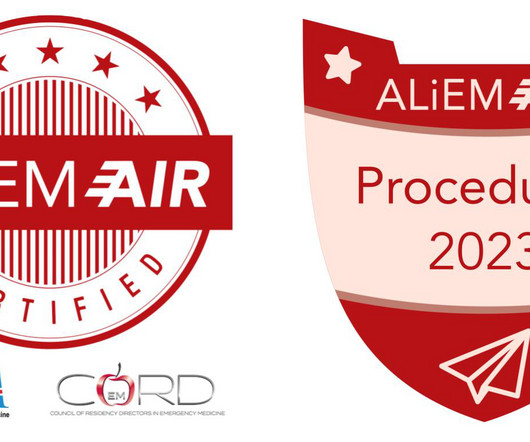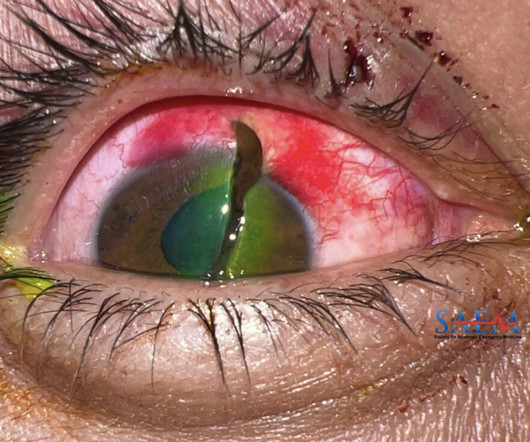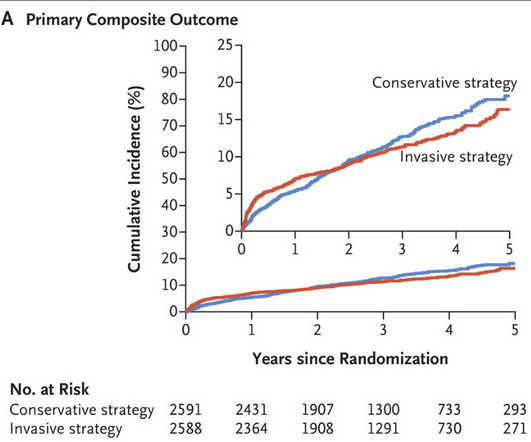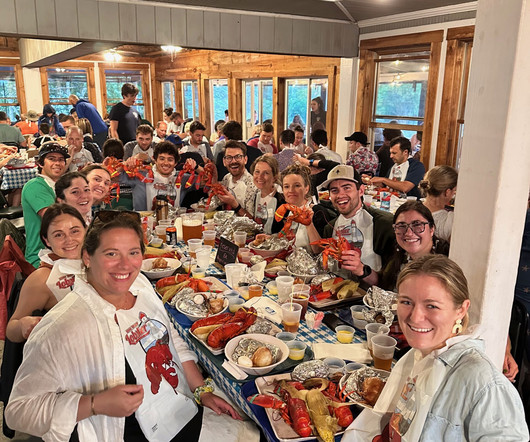SGEM#177: POCUS – A New Sensation for Diagnosing Pediatric Fractures
The Skeptics' Guide to EM
MAY 7, 2017
Point-of-care ultrasound for non-angulated distal forearm fractures in children: test performance characteristics and patient-centered outcomes. Point-of-care ultrasound for non-angulated distal forearm fractures in children: test performance characteristics and patient-centered outcomes. Acad Emerg Med May 2017.







































Let's personalize your content